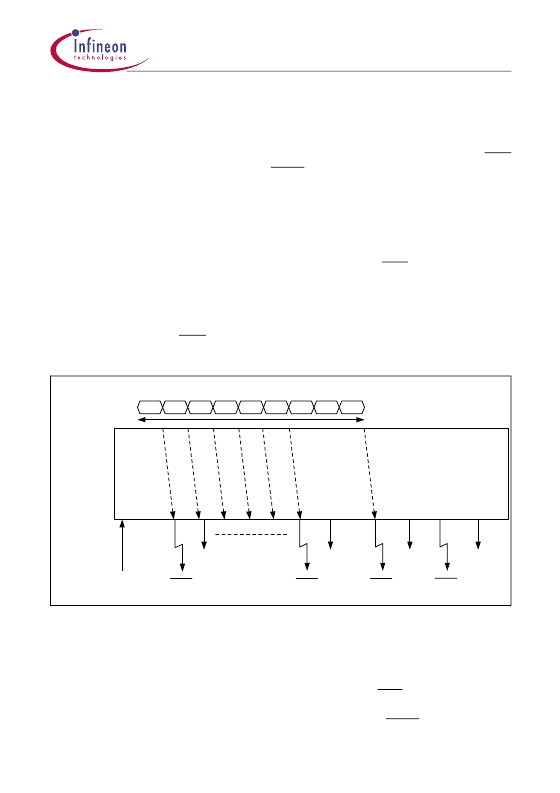- 您現(xiàn)在的位置:買賣IC網(wǎng) > PDF目錄383995 > TE3-MUX (INFINEON TECHNOLOGIES AG) Ultraframer DS3/E3/DS2/E2/DS1/E1/DS0 PDF資料下載
參數(shù)資料
| 型號: | TE3-MUX |
| 廠商: | INFINEON TECHNOLOGIES AG |
| 元件分類: | 通信及網(wǎng)絡(luò) |
| 英文描述: | Ultraframer DS3/E3/DS2/E2/DS1/E1/DS0 |
| 中文描述: | Ultraframer DS3/E3/DS2/E2/DS1/E1/DS0 |
| 文件頁數(shù): | 58/211頁 |
| 文件大小: | 2567K |
| 代理商: | TE3-MUX |
第1頁第2頁第3頁第4頁第5頁第6頁第7頁第8頁第9頁第10頁第11頁第12頁第13頁第14頁第15頁第16頁第17頁第18頁第19頁第20頁第21頁第22頁第23頁第24頁第25頁第26頁第27頁第28頁第29頁第30頁第31頁第32頁第33頁第34頁第35頁第36頁第37頁第38頁第39頁第40頁第41頁第42頁第43頁第44頁第45頁第46頁第47頁第48頁第49頁第50頁第51頁第52頁第53頁第54頁第55頁第56頁第57頁當(dāng)前第58頁第59頁第60頁第61頁第62頁第63頁第64頁第65頁第66頁第67頁第68頁第69頁第70頁第71頁第72頁第73頁第74頁第75頁第76頁第77頁第78頁第79頁第80頁第81頁第82頁第83頁第84頁第85頁第86頁第87頁第88頁第89頁第90頁第91頁第92頁第93頁第94頁第95頁第96頁第97頁第98頁第99頁第100頁第101頁第102頁第103頁第104頁第105頁第106頁第107頁第108頁第109頁第110頁第111頁第112頁第113頁第114頁第115頁第116頁第117頁第118頁第119頁第120頁第121頁第122頁第123頁第124頁第125頁第126頁第127頁第128頁第129頁第130頁第131頁第132頁第133頁第134頁第135頁第136頁第137頁第138頁第139頁第140頁第141頁第142頁第143頁第144頁第145頁第146頁第147頁第148頁第149頁第150頁第151頁第152頁第153頁第154頁第155頁第156頁第157頁第158頁第159頁第160頁第161頁第162頁第163頁第164頁第165頁第166頁第167頁第168頁第169頁第170頁第171頁第172頁第173頁第174頁第175頁第176頁第177頁第178頁第179頁第180頁第181頁第182頁第183頁第184頁第185頁第186頁第187頁第188頁第189頁第190頁第191頁第192頁第193頁第194頁第195頁第196頁第197頁第198頁第199頁第200頁第201頁第202頁第203頁第204頁第205頁第206頁第207頁第208頁第209頁第210頁第211頁

PEB 3445 E
Functional Description
Data Sheet
58
2001-06-29
4.6.3.2
The C-bit parity Path Maintenance Data Link Channel supports additionally DMA signals
to optimize data transfers to and from the internal FIFOs. Request signals for transmit
and receive direction indicate free respectively available channel data. The RME
(Receive Message End) signal and the TXME (Transmit Message Complete) signal
indicates the end of a message.
DMA Supported Data Transmission
Receive Direction
Data reception can be initiated by enabling the HDLC controller and setting the DMA
functionality in register PRCFG. As soon as there is a data byte in the receiver the TE3-
MUX autonomously requests a data transfer by activating the DRR line. This indicates
to the DMA controller to read a data byte out of the receive FIFO PRFF. This sequence
continuous until the last byte is transferred via the DMA controller. The last byte in the
receive FIFO is always the status byte which contains the frame status information, e.g.
’Receive Abort’ or ‘CRC error’. When the last byte of a message was read out of the
receive FIFO the signal RME is asserted to indicate that the port status register PPSR
needs to be read in order to free the internal buffer.
Figure 12
DMA Supported Receive Sequence
Transmit Direction
Prior to data transmission the HDLC controller has to be enabled and the DMA support
must be activated via the register PXCFG. As long as there is free space in the transmit
FIFO the signalling controller requests data by asserting the DRT line which indicates
that the external DMA controller can write data to the transmit FIFO. While writing the
last byte of a message the external DMA must assert the signal TXME, that is the signal
Read
PPSR
Receive frame (8 bytes)
D0
D1
D2
C-bit Parity
Path Main-
tenance Data
Link
Local Bus
Interface
Enable
DMA
D3
D4
D5
CRC CRC Flag
RD D0
(PRFF)
DRR
RD D5
(PRFF)
DRR
DRR
RD
Status
(PRFF)
XME
相關(guān)PDF資料 |
PDF描述 |
|---|---|
| TEA1085 | Listening-in circuit for line-powered telephone sets |
| TEA1085A | Listening-in circuit for line-powered telephone sets |
| TEA1085AT | Listening-in circuit for line-powered telephone sets |
| TEA1085T | Listening-in circuit for line-powered telephone sets |
| TEA1093 | Hands-free IC |
相關(guān)代理商/技術(shù)參數(shù) |
參數(shù)描述 |
|---|---|
| TE3Q0TREB2201G | 制造商:Vishay Dale 功能描述:IND FLTR WW 2.2K UH 2% TRD - Bulk |
| TE3Q0TRPJ1000J | 制造商:Vishay Angstrohm 功能描述:Ind Filter Toroid 100uH 5% RDL Bulk 制造商:Vishay Dale 功能描述:IND FLTR WW 100UH 5% TRD - Bulk |
| TE3Q0TRPJ1100J | 制造商:Vishay Dale 功能描述:TE-3Q0TR 110 5% P09 - Bulk |
| TE3Q0TRPJ2201G | 制造商:Vishay Dale 功能描述:IND FLTR WW 2.2K UH 2% TRD - Bulk |
發(fā)布緊急采購,3分鐘左右您將得到回復(fù)。